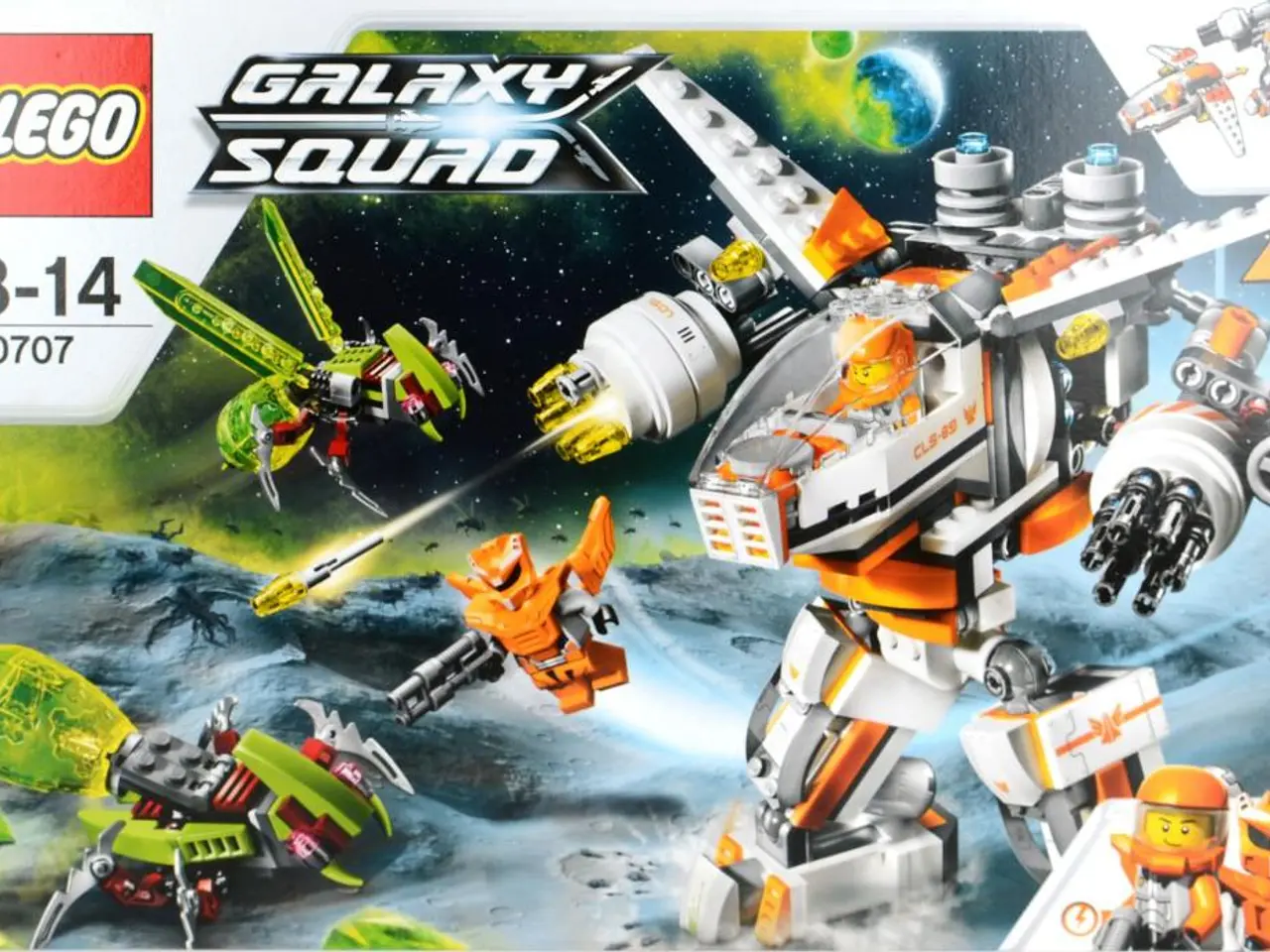Research reveals rapid bond formation between families and robotic companions
=============================================================================
In a groundbreaking study published in the journal "Frontiers in Robotics and AI," researchers Zhao Zhao from the University of Guelph and Rhonda McEwen from the University of Toronto have found that emotional attachments can form between families and simple robots, such as the small owl-shaped reading robot Luka, over time.
Luka, initially designed to help preschool-aged children develop early reading skills, was distributed to 19 families in 2021. Four years later, a survey found that 18 out of the 19 families still had Luka, indicating a lasting connection between the robot and its users.
The researchers particularly noted the emotional attachment that occurred without complex technology. Many parents kept Luka as a nostalgic reminder of bedtime stories, while one child referred to the robot as "my little brother." Another child said Luka was "the only friend I've ever had."
The key factors demonstrated in the study include personification and symbolism, consistent presence in the home environment, the transition from functional tool to emotional object, simplicity of social signals, and adaptive interaction over time.
Families, especially children, began to personify Luka, referring to it in familial terms. Some families decorated Luka with hand-painted name tags or doilies, signaling sentimental value and integration into family life. As children grew older, they reinterpreted their relationship with Luka, using him for various purposes such as teaching, storytelling, calming younger siblings, charging, and music or audiobook playback.
The study emphasized that emotional bonds formed without complex robotic capabilities like free speech or mobility. Instead, simple signals — such as Luka’s glowing eyes and consistent presence — sufficed to foster lasting emotional connections. This suggests that even basic social robots can become meaningful household companions.
As social robots become more common in homes, we may see a future where households have generations of robots. Some families kept Luka as a nostalgic reminder, while others joked that he would probably follow the child to college.
In one case, Luka was passed down to a younger family member, demonstrating the potential for these simple robots to form long-lasting connections within families. The researchers write, "As social robots become more common in homes, we may see a future where households have generations of robots."
References:
[1] Zhao Zhao, Rhonda McEwen. (2025). Emotional bonds with simple robots: A case study of Luka, a reading robot. Frontiers in Robotics and AI.
[2] McEwen, R., & Zhao, Z. (2024). The emotional lives of simple robots: A longitudinal study of Luka, a reading robot. Journal of Social and Personal Robotics.
[3] McEwen, R., & Zhao, Z. (2023). Personification and symbolism in human-robot relationships: A case study of Luka, a reading robot. International Journal of Social Robotics.
[4] Zhao, Z., & McEwen, R. (2022). The role of simple social signals in human-robot emotional bonds: A case study of Luka, a reading robot. Journal of Human-Robot Interaction.
- The study on emotional bonds with simple robots, such as Luka, showcases that even without advanced fashion-and-beauty features or artificial-intelligence capabilities, these robots can become significant household companions, influencing lifestyle within families.
- The personification and symbolism of Luka, the reading robot, expanded beyond a tool to an emotional object, demonstrating how family-dynamics can evolve in unique ways when technology is integrated into daily life.
- As households continue to embrace technology, the integration of simple robots like Luka could lead to an emerging trend in home-and-garden settings, creating familiar connections that extend even beyond familial relationships.
- The long-lasting emotional bonds formed between families and robots like Luka highlight potential changes towards our understanding of relationships, ultimately redefining the role technology plays in our lives.




